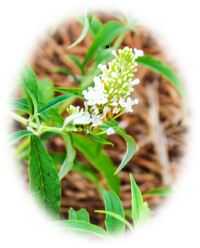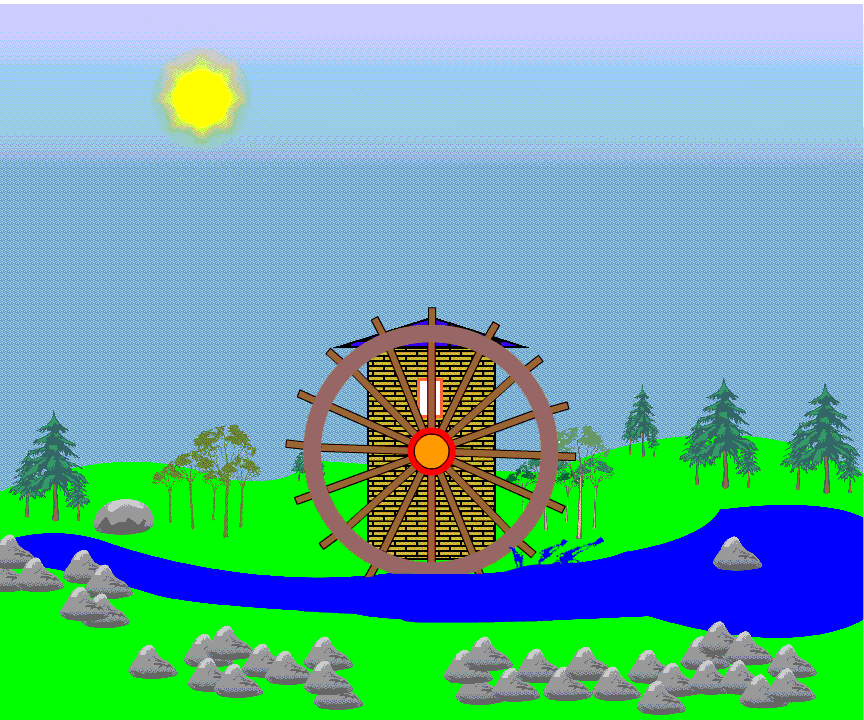
Clean, fresh water is in shorter and shorter supply. The biggest use of fresh water is farming; so, decreasing the human population (less food needed) and increasing government regulation for sustainable farming should help the supply of fresh water. People like the U.S. Southwest; and Southwest real estate developers want to bring more and more people into the Southwest U.S. because the developers make more money. 5 of the largest 10 cities in U.S. get their water from the largest U.S. reservoir, Lake Mead, formed by damming (Hoover Dam) the Colorado River.
Los Angeles, CA
San Diego, CA
San Jose, CA
Phoenix, AZ
San Antonio, TX
Two more of the largest 10 cities in U.S. are also in Texas: Houston and Dallas. That only leaves 3 of the largest 10 cities in U.S. that are not in Southwest U.S. (New York City, Philadelphia, PA, and Chicago, IL. Much more water is being taken out of Lake Mead than the Colorado River is putting in. Lake Mead water presently flows to 7 states: Nevada, New Mexico, Arizona, (southern) California, Wyoming, Utah, and Colorado. Nevada (Las Vegas) and Arizona are targeted to return to desert wastelands. California produces 80% of U.S. winter vegetables. In desert regions like the Southwest U.S., state and local governments must be willing to regulate for sustainable farming and a sustainable human population (deny house building permits, deny new business permits, and deny more farming). Some democracies like England are Socialist with freedom and social justice as the main concerns; other democracies like the U.S. are capitalistic with freedom and competitively making money as the main concerns which makes “sustainability” a hard concept. In the U.S., water eventually flows into the Atlantic Ocean, the Pacific Ocean, or Salt Lake. In Utah, should Utah start collecting water before it
gets to Salt
Lake? Some of these dry states may need to be eliminated from Lake Mead water.
Besides the scarcity of fresh water in many places, there are other water problems. The deadly algae blooms that die, sink to the bottom of lakes, rivers, and the oceans decompose with the help of bacteria; this steals the oxygen from the marine and lake life. Toledo, Ohio has experienced this problem as has Florida. The dead fish (including manatees in Florida) and algae stink and contaminate the drinking water. Ft. Myers and West Palm Beach, Florida have lost a lot of tourist business because of massive algae blooms from Lake Okeechobee coming down the rivers to the east and west coasts of Florida. The Feds won’t let this bad water into the Everglades Natl. Park. The sugar cane farmers and other farmers and poor sewage systems create this problem – let them pay to clean it up or take their farms from them. There is a dead zone the size of Florida in the Gulf of Oman (Eastern Hemisphere.) Here’s another solution for algae blooms. In 2010, the EPA established a total maximum daily load of pollution for the Chesapeake Bay which was affected by dead zones; and the nitrogen levels decreased by 8%.
Whales, dolphins, penguins, sea turtles, sea lions, and polar bears are also having a very hard time due to the human over-population putting too much trash in the ocean and due to climate change. Seals live on the sea ice until it melts; and it’s melting much earlier than it used to. Polar bears depend on the seals for food; but polar bears can only catch the seals while the seals are on the ice. In April, 2018 a dead sperm whale washed up on a beach and was autopsied; he died with 64 pounds of plastic in his stomach which caused a blockage which led to a fatal infection. In March, a 1,100 pound whale washed up on a beach in the Philippines; it had 88 pounds of plastic in its body. Then, a pregnant sperm whale was found dead off the coast of Italy; it had 50
pounds of plastic in its stomach, crowding 2/3 of its stomach. More than 8 million tons of plastic enter the world’s oceans every year. 20% of ocean plastic comes from ships and offshore platforms; the rest is dumped into the ocean from countries disposing of the waste; so, contact your local, state, and national officials and plead for laws to stop much plastic production.
Plastic pollution is also gaining attention on land. One man in Kenya, Africa, was determined to stop the plastic pollution; he wrote letters to newspapers and took many, many pictures. He also posted on social media and got an interview with the UN. In 2017, the Kenyan national government enacted a ban on single-use plastic bags. In 2018, the State of California, USA, enacted a ban on single use plastic straws. Single-use plastic cups and forks should also be banned. Plastic pollution is harmful and there are alternatives. Have you and your church stopped using single-use plastic plates and single-use utensils? Five years ago, Melati and Isabel Wijsen (from Bali, part of Indonesia) were tired of having to remove plastic bags from their arms as they swam in the polluted water; and they began cleaning up the water and the beach. Over 40 countries had already banned or taxed plastic bags. The Wijsen sisters went online to start a petition “Bye, bye plastic bags”. They got 6,000 signatures in less than 1 day; they organized massive beach campaigns; held a food strike announced on social media; and got local media involved. Then the governor invited them to his office and promised support; but they found politicians often don’t keep their word. The sisters got invited to TED Talk, the UN in New York, IMF World Bank Forum in Bali, and were recognized as among the world’s most influential teenagers (Forbes, Time, CNN). In 12/2018, the new governor of Bali announced a law banning single use plastic in Bali. The sisters received the “award for Our Earth” from Germany.


